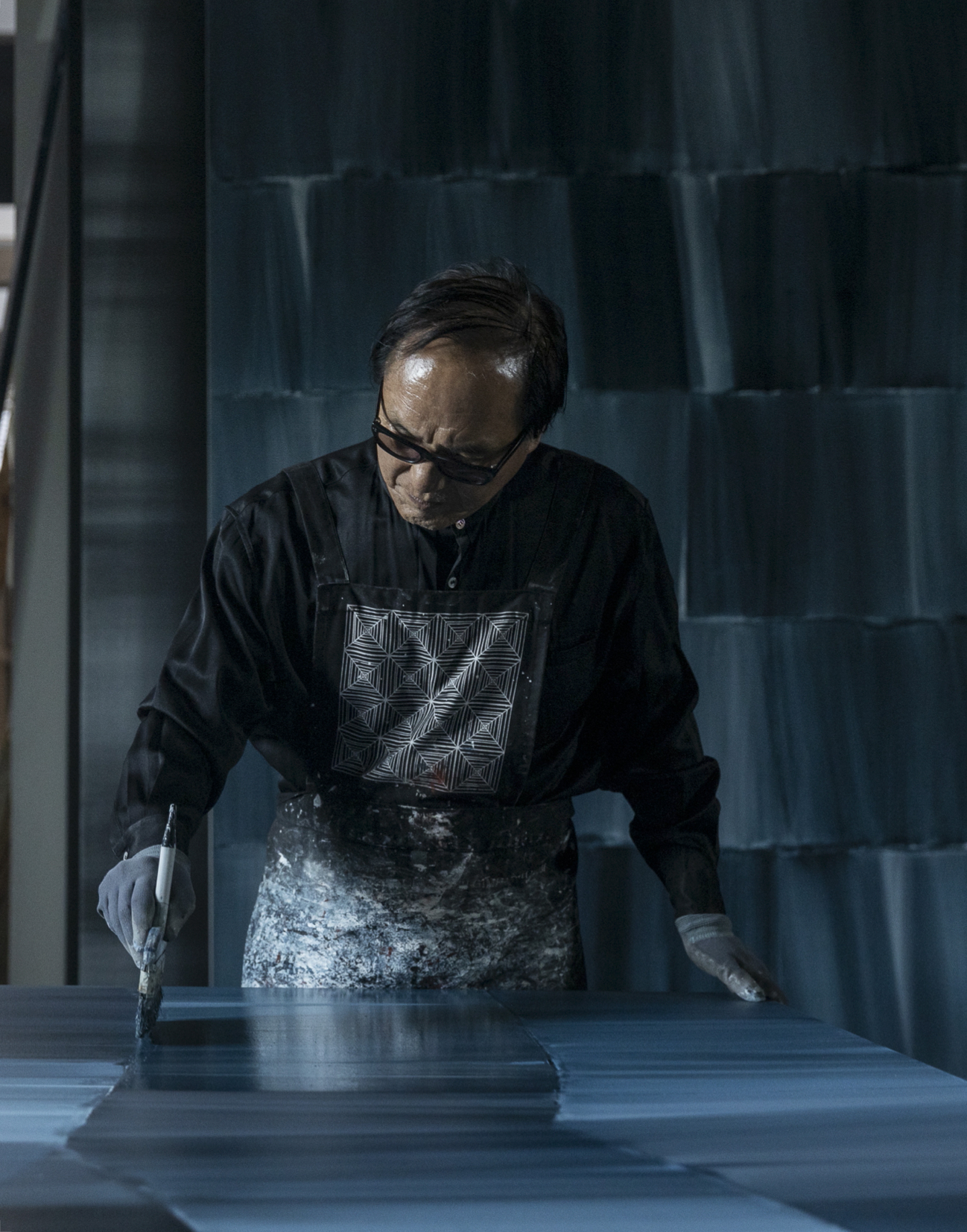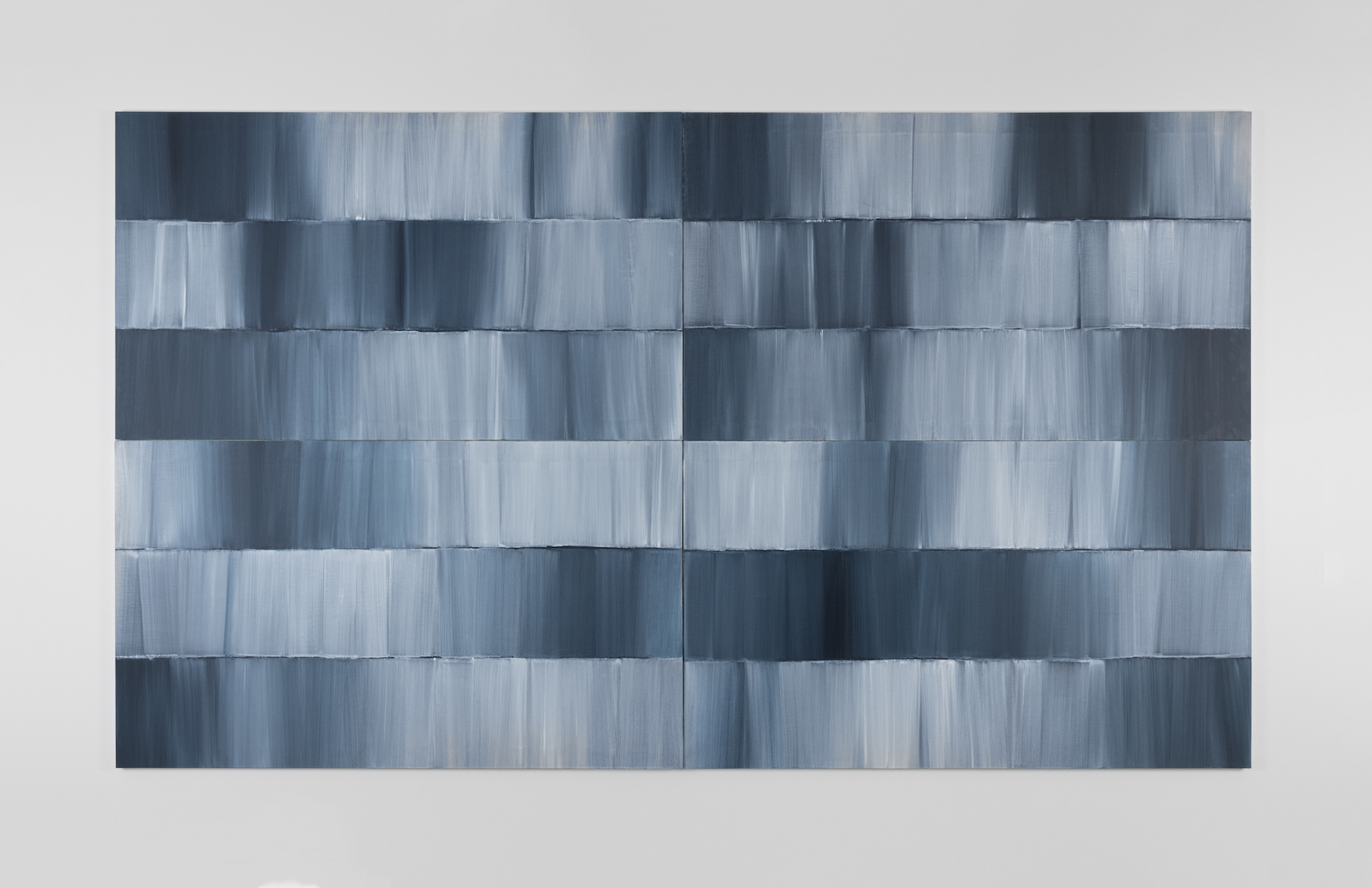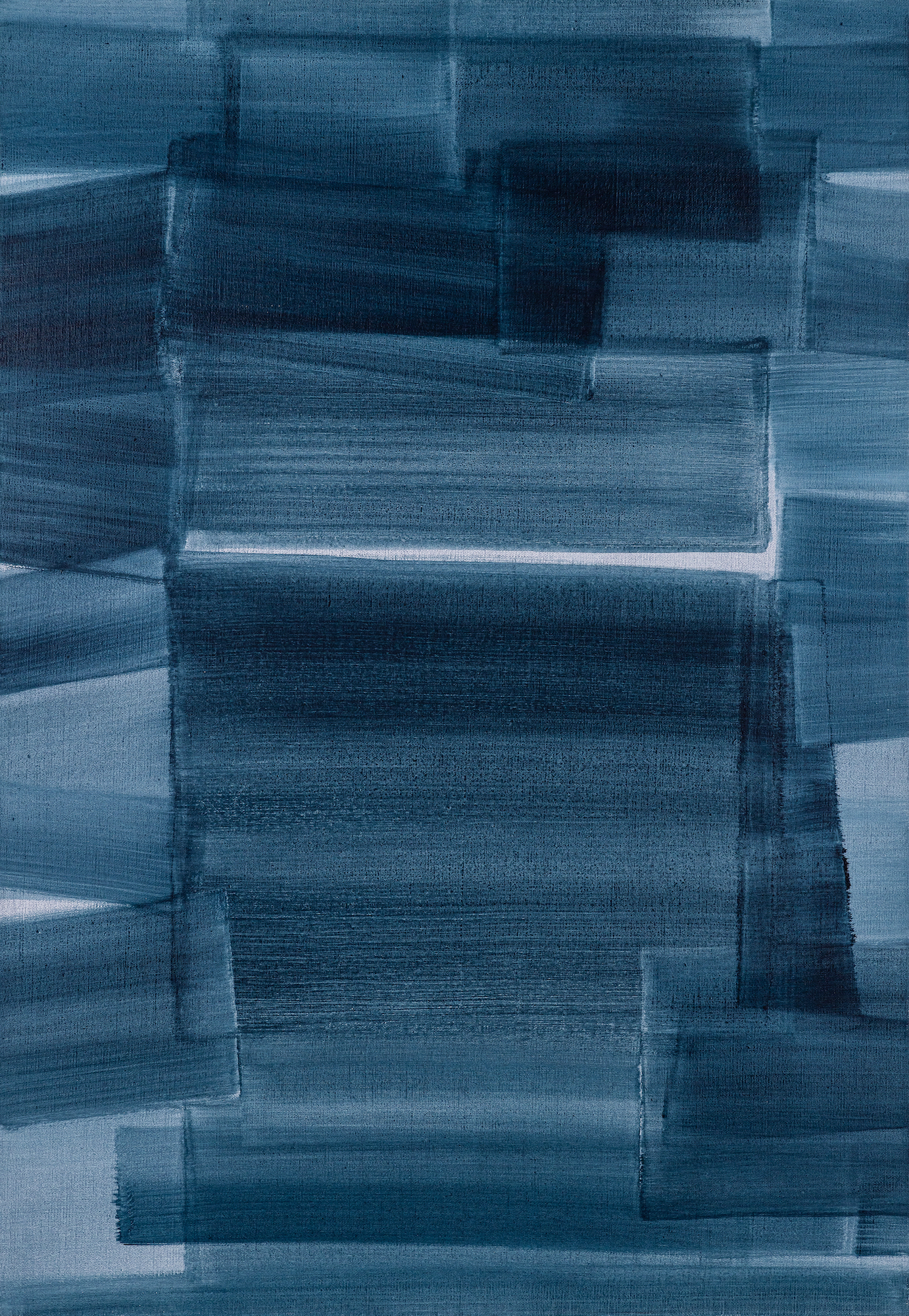Shows
Perrotin Presents Shim Moon-Seup’s “A Scenery of Time”


Opening in Hong Kong on December 9, “A Scenery of Time,” Shim Moon-Seup’s first exhibition with the gallery, will feature paintings that examine a reverence for nature and its circulation, with which the artist has been engaged over the last 15 years. Shim, who spent more than four decades exploring the inherent properties of materials as a sculptor, borrowed landscapes from his hometown, Tongyeong, and expanded through paintings the concept of “anti-sculpture,” an expression granted to his unique practice by art critics.
In the late 1960s in Korea, when knowledge of arts overseas was limited, Shim founded the Third Formative Association with his colleagues and participated in the AG (Avant-Garde) movement of the 1970s. Shim constantly revolted against the stereotype of sculpture as a fixed subject on a pedestal, and carried out unconventional experiments using iron, acrylic, cement, and soil. His work remained close to its source in nature and revealed marks of the object left “intact” whether laying on the floor or leaning against a wall, forming the core of Shim’s “anti-sculpture” practice.

His philosophy is embodied through a series of works under the titles “Relation” and “Opening Up” (both 1970–80), “Thoughts on Clay” (1981–2009), “Wood Deity” (1982–94), “Metaphor” (1992–2008), “The Presentation” (2000– ), and “Re-present” (2001–17). “Opening Up” demonstrates how Shim began to approach painting from a sculptor’s perspective, while allowing one to experience the cycle of natural materiality and the temporality associated with it. The suite of paintings, which he described as “planar works in three dimensions,” were exhibited at the Biennale de Paris in 1975 and received global recognition. He accelerated the material’s fading time in front of one’s eyes and created the tableau of discoloration by rubbing the outer surface of canvas with sandpaper. Rather than focusing on the composition of the canvas on the surface, he focused on the materiality of the canvas, like a sculptor chipping wood with a chisel. Of Shim’s work, Chinese art critic Huang Du said, “Shim’s pieces about time are invisible, abstract, and poetic. To explain further, Shim displays the abstract coalescence of performative time.”
.jpg)
.jpg)
Departing from his concept-laden “planar works in three dimensions” in the 1970s, the artist’s latest two-dimensional works took a different approach. On larger-scale canvas, Shim’s brushstrokes shimmer like waves upon a background painted with dark colors, resembling a deep, calm sea.
Sometimes, the artist seeks out different feelings and expressions by reversing his method: applying bright colors first on a canvas before going over them with dark paints. Darkness and light, horizontals and verticals, the ebb and the flow: they do not oppose each other but repeat, being erased and reborn like nature, which he delivers to his canvas by creating a balanced state and layers of his performative time in an abstract way.
.jpg)
Shim explains: “The reaction of different colors by repeated brushstrokes naturally creates the nuances of the erased, hidden, revived, and exposed parts. The repetition of physical behavior and the coexistence of time and space sensations forges metaphors that suggest many possibilities . . . I wish that my work possesses the power to give a certain place a unique atmosphere and draw the memories of distant past from ordinary objects.”
Shim Moon-Seup’s “A Scenery of Time” is on view at Perrotin, Hong Kong, from December 9 to late January, 2023.
For more information, visit perrotin.com.
* This post is presented by Perrotin.







